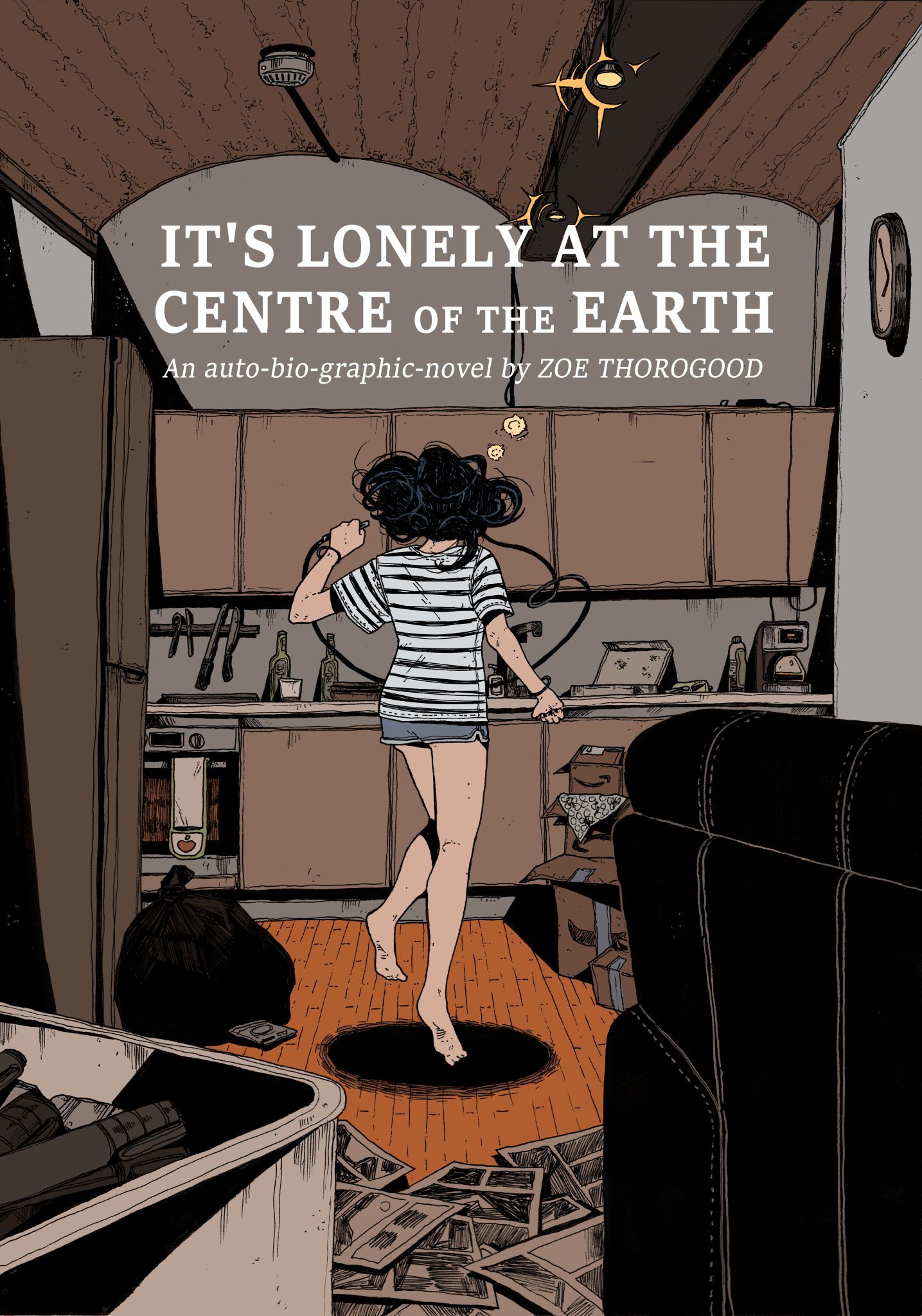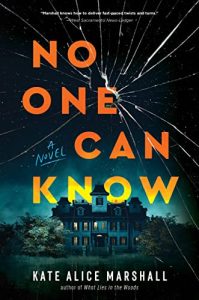
Zoe Thorogood’s graphic memoir is part diary, part performance, and part mirror that refuses to soften what it reflects. Framed as six months in which the artist writes a book about writing the book, it spirals through depression, anxiety, impostor syndrome, and the strange alchemy that turns pain into pages. The result is intimate, abrasive, and often arrestingly beautiful.
What Thorogood Attempts
Thorogood sets out to capture the feeling of living with a mind that will not cooperate. She toggles between narrative strands and visual registers, from stark black and white inks to bursts of color, from tight paneling to full-page eruptions. Characters sometimes appear with animal heads, a choice that keeps the world slightly askew while foregrounding mood and symbol over literalism. The book is self-conscious in the best and worst ways. It frequently interrogates its own artifice and then jokes about that interrogation, a meta loop that suits the subject matter.
Why It Works
Several readers have noted the book’s chaotic, shape-shifting visuals as a feature rather than a flaw. The style pivots echo the rapid shifts of mood that accompany depression. Gallows humor rubs against raw confession, and Thorogood’s willingness to undercut her own grand pronouncements keeps the book from curdling into pure sentiment. When she writes that making something new might be the difference between giving up and going on, it lands with blunt force. The memoir also recognizes the social life of art. Once the work is out there, other people interpret it and, in doing so, change the artist’s relationship to herself. That tension animates the storytelling.
Where It Falters
Not everyone will embrace the relentless self-examination. Some readers read the book as emo navel-gazing with thin connective tissue between set pieces and a tone that can slide into self-absorption. The fragmented structure, by design, resists a conventional arc, which may frustrate anyone looking for a linear path from crisis to cure. The visual eclecticism can feel unmoored if you prefer a steady aesthetic. And while the book is candid about harm and bad behavior, it sometimes stops at admission rather than working through repair, which will be a deal breaker for some.
The Conversation It Joins
What makes this memoir compelling is how openly it wrestles with the contradictions of using art as life support. It is a book about making art while asking whether the making is helping or harming. It is a book about loneliness that keeps reaching for connection. It refuses tidy lessons yet still lands on a modest belief that how we affect one another, even at a distance, matters. That belief powers the most humane passages here.
Read If You Like
- Graphic memoirs that experiment with form and voice
- Work that treats mental health with honesty and some dark humor
- Autofictional projects that acknowledge the performance of the self
- Visually inventive storytelling that keeps changing its rules
Verdict
It’s Lonely at the Centre of the Earth is messy by design, vulnerable on purpose, and formally adventurous in ways that feel true to the interior weather it depicts. If you need a neatly plotted journey toward recovery, this will likely frustrate you. If you are open to a jagged, hyper self-aware mosaic that captures how a mind fights to keep creating, Thorogood’s memoir is a live wire.
Want to experience it for yourself
Buy on Amazon


